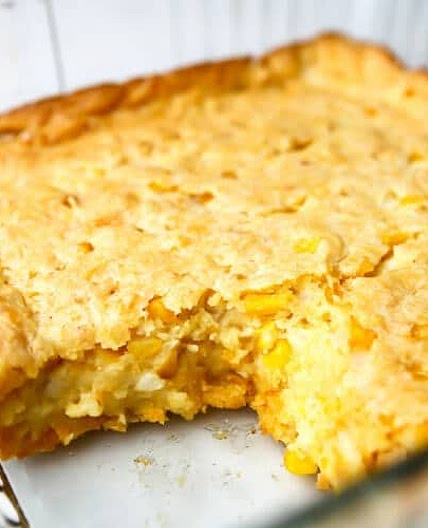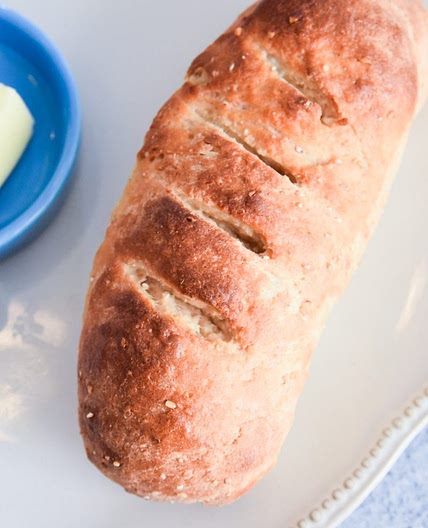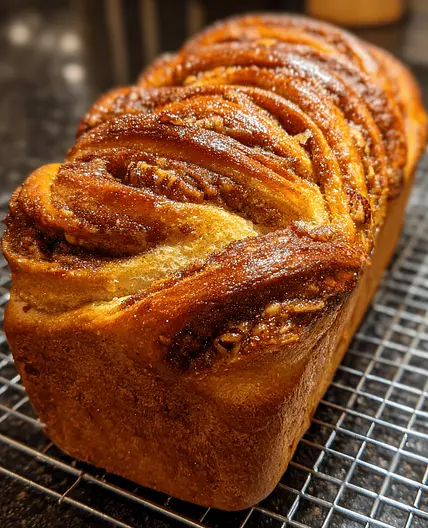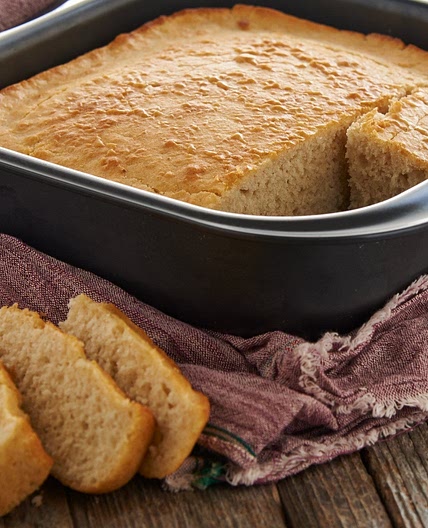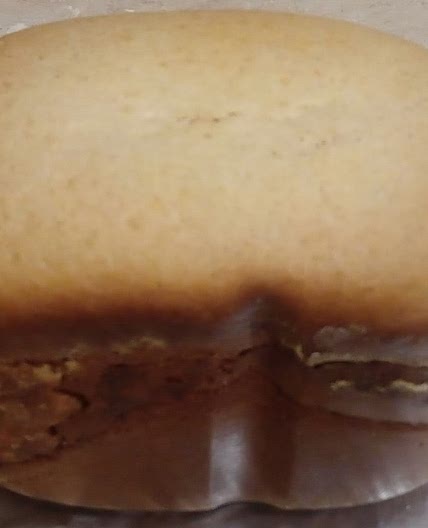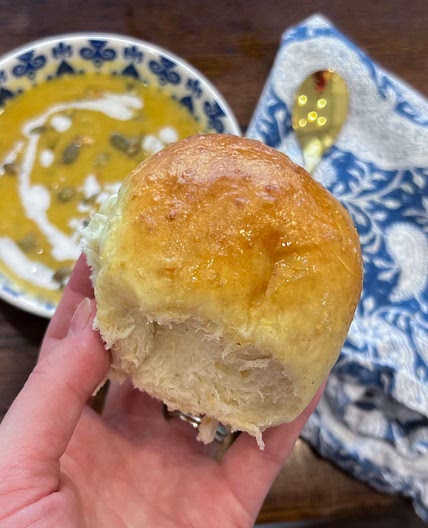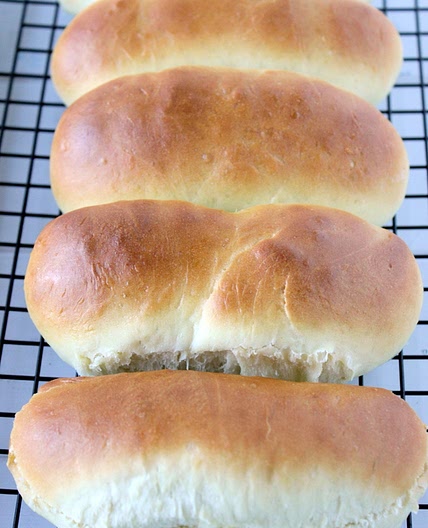No knead cranberry walnut pecan bread
Leave a note
By Peggy I
No knead cranberry walnut pecan bread
7 steps
Prep:3h 3minCook:40min
Updated at: Thu, 17 Aug 2023 12:50:29 GMT
Nutrition balance score
Good
Glycemic Index
70
High
Nutrition per recipe
Calories2271 kcal (114%)
Total Fat78.9 g (113%)
Carbs338.5 g (130%)
Sugars48.7 g (54%)
Protein60.2 g (120%)
Sodium2930.9 mg (147%)
Fiber20.6 g (73%)
% Daily Values based on a 2,000 calorie diet
Ingredients
0 servings
Instructions
Step 1
In a large bowl, stir together the flour, yeast, seeds, nuts, and salt. Add the water and mix with a spoon or your hand until you have a shaggy, sticky dough. This should take roughly 30 seconds. You want it to be a little sticky. (Many people who bake this bread find the dough to be sticker than other bread doughs they’ve worked with.undefinedEven though it’s not what you’re accustomed to handling, it’s perfectly fine.)
Step 2
Cover the bowl with a plate, towel, or plastic wrap and set it aside to rest at warm room temperature (but not in direct sunlight) for at least 12 hours and preferably about 18 hours. (Ideally, you want the room to be about 72°F. In the dead of winter, when the dough will tend to rise more slowly, as long as 24 hours may be necessary.) You’ll know the dough is properly fermented and ready because its surface will be dotted with bubbles. This long, slow fermentation is what yields the bread’s rich flavor.
Step 3
Generously flour your work surface. Use a bowl scraper or rubber spatula to turn the dough onto the surface in one blob. The dough will cling to the bowl in long, thread-like strands and it will be quite loose and sticky. This is exactly what you want. Do not add more flour. Instead use lightly floured hands to gently and quickly lift the edges of the dough in toward the center, effectively folding the dough over onto itself. Nudge and tuck in the edges of the dough to make it round. That’s it. Don’t knead the dough.
Step 4
Generously coat a cotton towel (not terry cloth) with flour, wheat bran, or cornmeal. Place the dough, seam side down, on the towel and dust the surface with a little more flour, bran, or cornmeal. Cover the dough with another cotton towel and let it rise for about 2 hours. When it’s ready, the dough will be double in size and will hold the impression of your fingertip when you poke it lightly, making an indentation. If the dough readily springs back when you poke it, let it rise for another 15 minutes.
Step 5
A half hour before the dough is done with its second rise, preheat the oven to 450°F (232°C). Adjust the oven rack to the lower third position and place a 6- to 8-quart heavy pot and its lid (whether cast iron or enamel, Pyrex or ceramic) in the oven as it heats.
Step 6
When the dough is done with its second rise, carefully remove the pot from the oven and uncover it. Also, uncover the dough. Lift up the dough and quickly but gently turn it over into the pot, seam side up, being very careful not to touch the pot. The blob of dough may look like a mess, but trust us, everything is O.K. Cover the pot with its lid and bake for 30 minutes.
Step 7
Remove the lid and bake until the loaf is beautifully browned to a deep chestnut color, 15 to 30 minutes more. Use a heatproof spatula or pot holders to carefully lift the bread out of the pot and place it on a wire rack. Don’t slice or tear into it until it has cooled, which usually takes at least an hour.
Notes
0 liked
0 disliked
There are no notes yet. Be the first to share your experience!
